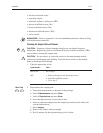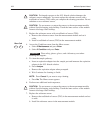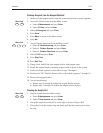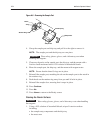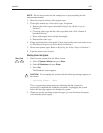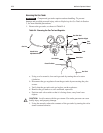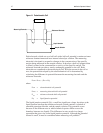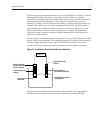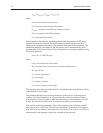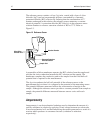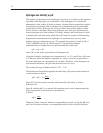
IĆ1
Appendix I: Operating Principles
The measurement technology used for the 800 critical blood analytes systems is
based on electrochemical, biochemical and optical phenomena. Electrochemistry
involves the measurement of current or voltage occurring in an electrochemical
cell. The cell consists of two or more electrodes that interact with a chemical in
solution and are connected to an electrical system.
Electrodes used for measurement in the 800 systems are called sensors. Sensors are
responsible for direct measurement of a specific substance of interest in a sample.
They must have the following characteristics: a molecular or ion-specific
recognition mechanism, a transducer mechanism, and a signal processor system.
The molecular recognition mechanism gives a sensor its identity. Each sensor is
designed to selectively measure the activity of a specific substance. Although
many elements in a sample may interact with a sensor, the sensor is highly
selective for one substance over others. The common recognition mechanism used
in many 800 sensors is a membrane designed to be selective for a specific
substance.
The transducer mechanism converts the potential generated by the molecular
recognition mechanism to an electrical signal. In the 800 systems, this is
accomplished through potentiometry or amperometry. Potentiometry is the
technology that measures the difference in potential (voltage) between two
electrodes (the molecular recognition mechanism) in a solution without applied
current. Amperometry is a technique that involves applying voltage to the
electrode and then measuring the current generated.
The signal processing system conditions the electronic signal from the sensor,
through electronic smoothing and noise filtering. Then it converts the electronic
signals into a concentration expressed in recognizable units of measurement.
Potentiometry
Potentiometry measures the voltage or potential generated between two electrodes
in an electrochemical cell when no external current is applied; the cell is in a state
of equilibrium. The electrochemical cell consists of two electrodes (a measuring or
indicator electrode and a reference electrode), an electrolyte solution (sample
solution), and a measuring device such as a voltmeter. The electrochemical cell is
capable of measuring the concentration or activity of a substance in a solution.
Refer to Figure I-1.



